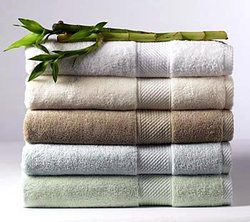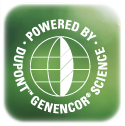Chemavat

CHEMAVAT (Vat dyes) are essentially insoluble in water and incapable of dyeing fibres directly. However, reduction in alkaline liquor produces the water soluble alkali metal salt of the dye, which, in this leuco form, has an affinity for the textile fibre. Subsequent oxidation reforms the original insoluble dye. The color of denim is due to indigo, the original vat dye.Although almost all dyeing can be done in a vat, the term vat dye is used to describe a chemical class of dyes that are applied to cellulosic fiber (i.e. cotton) using a redox reaction as described below. Because of the use of caustic soda, and the very high pH of the dye bath in the dyeing process, wool cannot be dyed using vat dyestuffs. Wool is soluble in caustic soda solutions. It is possible to dye wool at room temperatures with indigo (vat blue 1) and other low substantive vat dyes using soda ash as the alkali source with very little strength loss. Vat red 10, vat violet 13 and vat orange 1 can be applied in this manner as well.
Vat dyes characteristically require a reducing agent to solubilize them. The most common reducing agent is sodium dithionite (Na2S2O4), which converts the dye to its "leuco" form that is soluble. Once attached to the fabric, the leuco dye is then oxidized to the insoluble state which is intensely colored. Chemical reactions such as oxidation, reduction, pH control are often necessary; even the dissolution process necessitates measuring out appropriate quantities of caustic soda and sodium hydrosulphite in order to achieve reduction. The dye is soluble only in its reduced (oxygen-free) form. The fiber is immersed repeatedly in this oxygen-free dyebath, then exposed to the air, whereupon the water-soluble reduced form changes color as oxygen turns it to the water-insoluble form. For these reasons, vat dyes are less suitable than fiber-reactive dyes for amateu Indigo is an example of this dye class: it changes from yellow, in the dyebath, to green and then blue as the air hits it.





